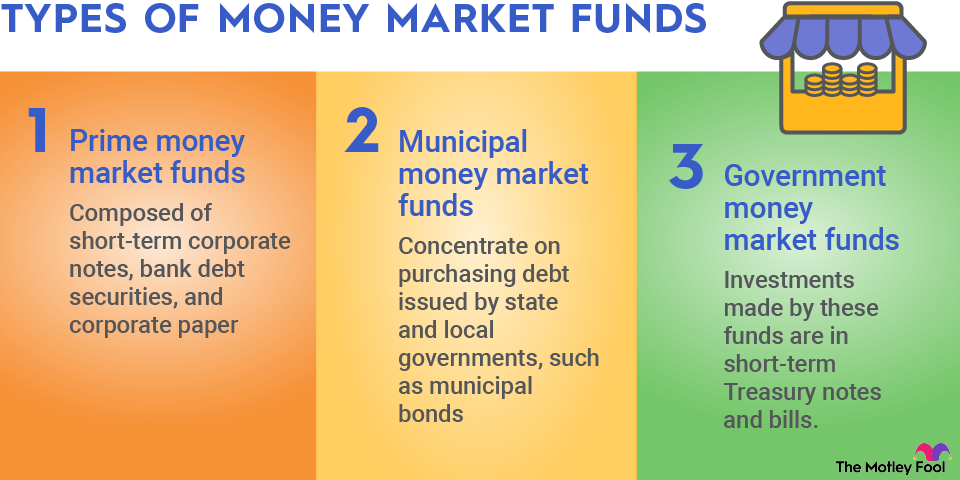Can micro-caps be good investments?
If you're thinking of dipping your toes into the micro-cap stock pond, there are a few things to consider. First, due to their size, these stocks may not be as liquid as larger stocks, meaning it might be harder to buy or sell shares without affecting the stock's price.
It's like Heisenberg's famous uncertainty principle in particle physics. You can't measure both the speed and position of a particle with perfect accuracy, and you can't buy or sell illiquid stocks without affecting their stock price in the process.
Additionally, micro-cap stocks may not be as widely covered by analysts and the financial press, which can make it harder to gather reliable information about the company.
For the brave at heart who are willing to put in the time and research, investing in micro-cap stocks can be a rewarding endeavor. Industry titans like Netflix (NFLX +0.82%) and Monster Beverage (MNST +0.69%) were also micro-caps (or even nano-caps) once upon a time before they found the big ideas that took them into billion-dollar territory. If you found them at their lowest point and then held on to that investment through thick and thin, you're probably set for life by now.
And, of course, it's always a good idea to diversify your portfolio. Don't put all your eggs in one basket, as they say. Including a mix of different types of stocks can help spread out the risk and increase the potential for reward. For every long-term winner in the Netflix and Monster mold, you'll see dozens or even hundreds of failed launches going nowhere.
Whatever you invest in these promising but risky stocks could very well go to zero in the end, and you need to accept that potential outcome before you start.
Related investing topics



















